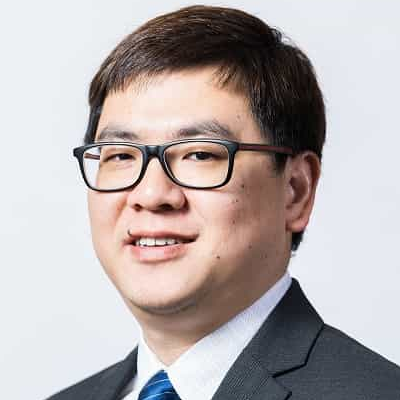Smart Membranes for Oil/Water Separation
A special issue of Membranes (ISSN 2077-0375). This special issue belongs to the section "Membrane Applications".
Deadline for manuscript submissions: closed (15 August 2018)
Special Issue Editor
Interests: nanofabrication of porous and 2D materials and study of their growth mechanism; adsorption and membrane materials; ultrathin membranes/films/coatings; gas separation; drinking water purification; wastewater treatment and desalination; catalytic bio-oil upgrading; novel controlled delivery systems for small drug delivery
Special Issues, Collections and Topics in MDPI journals
Special Issue Information
Dear Colleagues,
Oil pollution is a serious global issue because of the large amounts of oily wastewater produced by petrochemical and other industries, as well as by frequent off-shore oil-spill accidents. The UK Department of Energy and Climate Change (DECC) issues guidance addressed at all companies involved in offshore exploration and production where oil may be released into the sea or other water systems. The regulatory limit for the concentration of oil in produced water discharged into the sea is set at a 30 mg/l performance standard (this figure applies as averaged over a monthly period). At any one time, the concentration must not exceed 100 mg/l. Therefore, it is in great demand to develop effective techniques to treat oil-polluted wastewater at such low oil/grease concentrations in order to satisfy the stringent governmental limitations and preserve the environment. Membrane techniques have been widely employed for water purification and are very effective in separating stabilized oil emulsions-especially for removing oil droplets. However, traditional membranes suffer from membrane fouling both on surfaces and in internal structures, which significantly limits their service time and degrades separation performance in practical operations. Recently, the concept of adopting biomimetic hierarchical roughness in membrane design has aroused great interest. This new generation of membranes, based on bionics, has opened a brand-new door to antifouling oil/water separation.
This Special Issue of Membranes attempts to include latest innovations in preparation and characterization of smart membranes and coatings, advanced oil/water separation processes, and modeling of the behavior of smart membranes. We encourage authors, especially those from top laboratories, to submit their latest results. Submissions of high-quality research in membrane scaling-up production/commercialization are also welcomed.
Dr. Yi (Harvey) Huang
Guest Editor
Manuscript Submission Information
Manuscripts should be submitted online at www.mdpi.com by registering and logging in to this website. Once you are registered, click here to go to the submission form. Manuscripts can be submitted until the deadline. All submissions that pass pre-check are peer-reviewed. Accepted papers will be published continuously in the journal (as soon as accepted) and will be listed together on the special issue website. Research articles, review articles as well as short communications are invited. For planned papers, a title and short abstract (about 100 words) can be sent to the Editorial Office for announcement on this website.
Submitted manuscripts should not have been published previously, nor be under consideration for publication elsewhere (except conference proceedings papers). All manuscripts are thoroughly refereed through a single-blind peer-review process. A guide for authors and other relevant information for submission of manuscripts is available on the Instructions for Authors page. Membranes is an international peer-reviewed open access monthly journal published by MDPI.
Please visit the Instructions for Authors page before submitting a manuscript. The Article Processing Charge (APC) for publication in this open access journal is 2700 CHF (Swiss Francs). Submitted papers should be well formatted and use good English. Authors may use MDPI's English editing service prior to publication or during author revisions.
Keywords
- Smart membrane
- Oily wastewater
- Emulsion
- Antifouling
- Biomimic
- Superoleophobicity
- Surface wettability
- Self-cleaning
- Surface modification
- Nanofiltration






